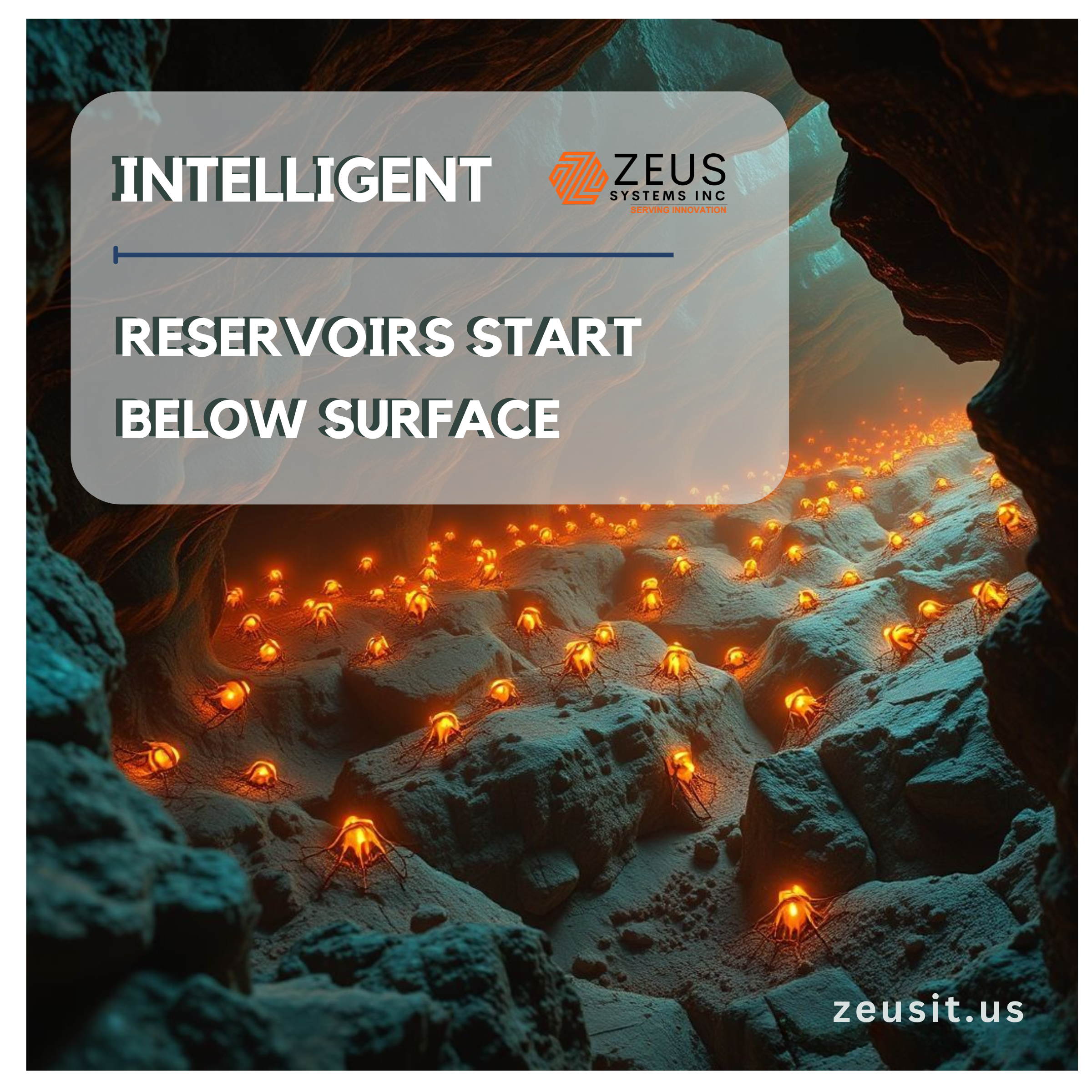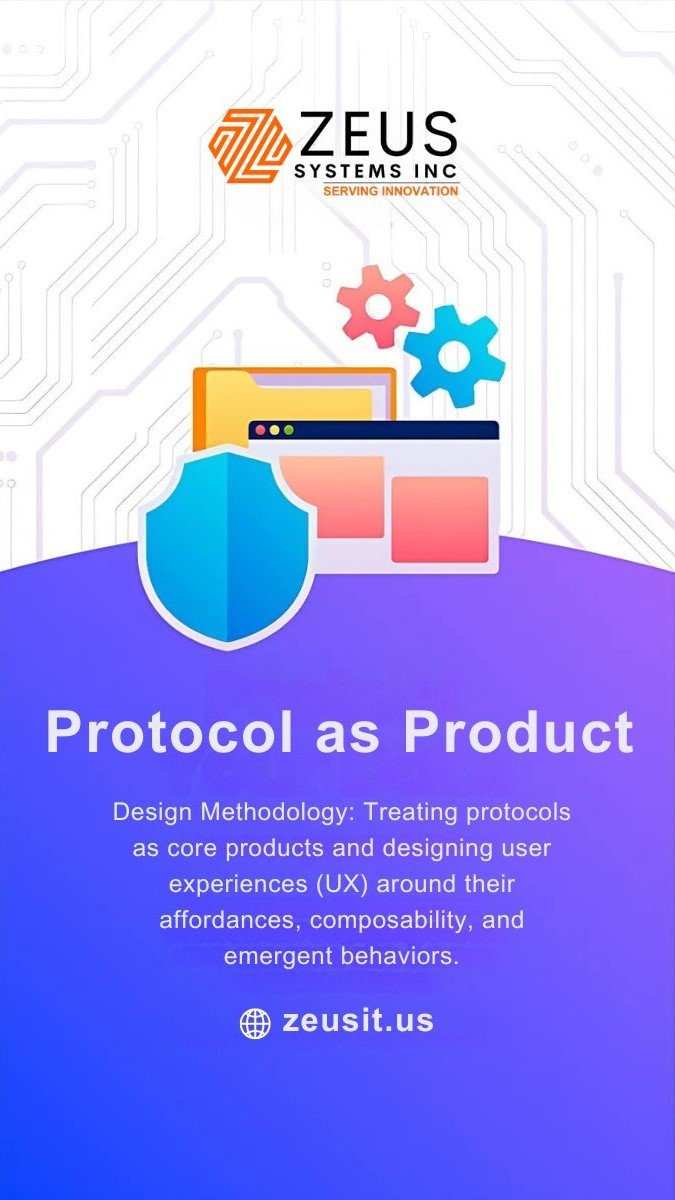Introduction: The Dawn of Protocol-First Product Thinking
The rapid evolution of decentralized technologies and autonomous AI agents is fundamentally transforming the digital product landscape. In Web3 and agent-driven environments, the locus of value, trust, and interaction is shifting from visible interfaces to invisible protocols-the foundational rulesets that govern how data, assets, and logic flow between participants.
Traditionally, product design has been interface-first: designers and developers focus on crafting intuitive, engaging front-end experiences, while the backend-the protocol layer-is treated as an implementation detail. But in decentralized and agentic systems, the protocol is no longer a passive backend. It is the product.
This article proposes a groundbreaking design methodology: treating protocols as core products and designing user experiences (UX) around their affordances, composability, and emergent behaviors. This approach is especially vital in a world where users are often autonomous agents, and the most valuable experiences are invisible, backend-first, and composable by design.
Theoretical Foundations: Why Protocols Are the New Products
1. Protocols Outlive Applications
In Web3, protocols-such as decentralized exchanges, lending markets, or identity standards-are persistent, permissionless, and composable. They form the substrate upon which countless applications, interfaces, and agents are built. Unlike traditional apps, which can be deprecated or replaced, protocols are designed to be immutable or upgradeable only via community governance, ensuring their longevity and resilience.
2. The Rise of Invisible UX
With the proliferation of AI agents, bots, and composable smart contracts, the primary “users” of protocols are often not humans, but autonomous entities. These agents interact with protocols directly, negotiating, transacting, and composing actions without human intervention. In this context, the protocol’s affordances and constraints become the de facto user experience.
3. Value Capture Shifts to the Protocol Layer
In a protocol-centric world, value is captured not by the interface, but by the protocol itself. Fees, governance rights, and network effects accrue to the protocol, not to any single front-end. This creates new incentives for designers, developers, and communities to focus on protocol-level KPIs-such as adoption by agents, composability, and ecosystem impact-rather than vanity metrics like app downloads or UI engagement.
The Protocol as Product Framework
To operationalize this paradigm shift, we propose a comprehensive framework for designing, building, and measuring protocols as products, with a special focus on invisible, backend-first experiences.
1. Protocol Affordance Mapping
Affordances are the set of actions a user (human or agent) can take within a system. In protocol-first design, the first step is to map out all possible protocol-level actions, their preconditions, and their effects.
- Enumerate Actions: List every protocol function (e.g., swap, stake, vote, delegate, mint, burn).
- Define Inputs/Outputs: Specify required inputs, expected outputs, and side effects for each action.
- Permissioning: Determine who/what can perform each action (user, agent, contract, DAO).
- Composability: Identify how actions can be chained, composed, or extended by other protocols or agents.
Example: DeFi Lending Protocol
- Actions: Deposit collateral, borrow asset, repay loan, liquidate position.
- Inputs: Asset type, amount, user address.
- Outputs: Updated balances, interest accrued, liquidation events.
- Permissioning: Any address can deposit/borrow; only eligible agents can liquidate.
- Composability: Can be integrated into yield aggregators, automated trading bots, or cross-chain bridges.
2. Invisible Interaction Design
In a protocol-as-product world, the primary “users” may be agents, not humans. Designing for invisible, agent-mediated interactions requires new approaches:
- Machine-Readable Interfaces: Define protocol actions using standardized schemas (e.g., OpenAPI, JSON-LD, GraphQL) to enable seamless agent integration.
- Agent Communication Protocols: Adopt or invent agent communication standards (e.g., FIPA ACL, MCP, custom DSLs) for negotiation, intent expression, and error handling.
- Semantic Clarity: Ensure every protocol action is unambiguous and machine-interpretable, reducing the risk of agent misbehavior.
- Feedback Mechanisms: Build robust event streams (e.g., Webhooks, pub/sub), logs, and error codes so agents can monitor protocol state and adapt their behavior.
Example: Autonomous Trading Agents
- Agents subscribe to protocol events (e.g., price changes, liquidity shifts).
- Agents negotiate trades, execute arbitrage, or rebalance portfolios based on protocol state.
- Protocol provides clear error messages and state transitions for agent debugging.
3. Protocol Experience Layers
Not all users are the same. Protocols should offer differentiated experience layers:
- Human-Facing Layer: Optional, minimal UI for direct human interaction (e.g., dashboards, explorers, governance portals).
- Agent-Facing Layer: Comprehensive, machine-readable documentation, SDKs, and testnets for agent developers.
- Composability Layer: Templates, wrappers, and APIs for other protocols to integrate and extend functionality.
Example: Decentralized Identity Protocol
- Human Layer: Simple wallet interface for managing credentials.
- Agent Layer: DIDComm or similar messaging protocols for agent-to-agent credential exchange.
- Composability: Open APIs for integrating with authentication, KYC, or access control systems.
4. Protocol UX Metrics
Traditional UX metrics (e.g., time-on-page, NPS) are insufficient for protocol-centric products. Instead, focus on protocol-level KPIs:
- Agent/Protocol Adoption: Number and diversity of agents or protocols integrating with yours.
- Transaction Quality: Depth, complexity, and success rate of composed actions, not just raw transaction count.
- Ecosystem Impact: Downstream value generated by protocol integrations (e.g., secondary markets, new dApps).
- Resilience and Reliability: Uptime, error rates, and successful recovery from edge cases.
Example: Protocol Health Dashboard
- Visualizes agent diversity, integration partners, transaction complexity, and ecosystem growth.
- Tracks protocol upgrades, governance participation, and incident response times.
Groundbreaking Perspectives: New Concepts and Unexplored Frontiers
1. Protocol Onboarding for Agents
Just as products have onboarding flows for users, protocols should have onboarding for agents:
- Capability Discovery: Agents query the protocol to discover available actions, permissions, and constraints.
- Intent Negotiation: Protocol and agent negotiate capabilities, limits, and fees before executing actions.
- Progressive Disclosure: Protocol reveals advanced features or higher limits as agents demonstrate reliability.
2. Protocol as a Living Product
Protocols should be designed for continuous evolution:
- Upgradability: Use modular, upgradeable architectures (e.g., proxy contracts, governance-controlled upgrades) to add features or fix bugs without breaking integrations.
- Community-Driven Roadmaps: Protocol users (human and agent) can propose, vote on, and fund enhancements.
- Backward Compatibility: Ensure that upgrades do not disrupt existing agent integrations or composability.
3. Zero-UI and Ambient UX
The ultimate invisible experience is zero-UI: the protocol operates entirely in the background, orchestrated by agents.
- Ambient UX: Users experience benefits (e.g., optimized yields, automated compliance, personalized recommendations) without direct interaction.
- Edge-Case Escalation: Human intervention is only required for exceptions, disputes, or governance.
4. Protocol Branding and Differentiation
Protocols can compete not just on technical features, but on the quality of their agent-facing experiences:
- Clear Schemas: Well-documented, versioned, and machine-readable.
- Predictable Behaviors: Stable, reliable, and well-tested.
- Developer/Agent Support: Active community, responsive maintainers, and robust tooling.
5. Protocol-Driven Value Distribution
With protocol-level KPIs, value (tokens, fees, governance rights) can be distributed meritocratically:
- Agent Reputation Systems: Track agent reliability, performance, and contributions.
- Dynamic Incentives: Reward agents, developers, and protocols that drive adoption, composability, and ecosystem growth.
- On-Chain Attribution: Use cryptographic proofs to attribute value creation to specific agents or integrations.
Practical Application: Designing a Decentralized AI Agent Marketplace
Let’s apply the Protocol as Product methodology to a hypothetical decentralized AI agent marketplace.
Protocol Affordances
- Register Agent: Agents publish their capabilities, pricing, and availability.
- Request Service: Users or agents request tasks (e.g., data labeling, prediction, translation).
- Negotiate Terms: Agents and requesters negotiate price, deadlines, and quality metrics using a standardized negotiation protocol.
- Submit Result: Agents deliver results, which are verified and accepted or rejected.
- Rate Agent: Requesters provide feedback, contributing to agent reputation.
Invisible UX
- Agent-to-Protocol: Agents autonomously register, negotiate, and transact using standardized schemas and negotiation protocols.
- Protocol Events: Agents subscribe to task requests, bid opportunities, and feedback events.
- Error Handling: Protocol provides granular error codes and state transitions for debugging and recovery.
Experience Layers
- Human Layer: Dashboard for monitoring agent performance, managing payments, and resolving disputes.
- Agent Layer: SDKs, testnets, and simulators for agent developers.
- Composability: Open APIs for integrating with other protocols (e.g., DeFi payments, decentralized storage).
Protocol UX Metrics
- Agent Diversity: Number and specialization of registered agents.
- Transaction Complexity: Multi-step negotiations, cross-protocol task orchestration.
- Reputation Dynamics: Distribution and evolution of agent reputations.
- Ecosystem Growth: Number of integrated protocols, volume of cross-protocol transactions.
Future Directions: Research Opportunities and Open Questions
1. Emergent Behaviors in Protocol Ecosystems
How do protocols interact, compete, and cooperate in complex ecosystems? What new forms of emergent behavior arise when protocols are composable by design, and how can we design for positive-sum outcomes?
2. Protocol Governance by Agents
Can autonomous agents participate in protocol governance, proposing and voting on upgrades, parameter changes, or incentive structures? What new forms of decentralized, agent-driven governance might emerge?
3. Protocol Interoperability Standards
What new standards are needed for protocol-to-protocol and agent-to-protocol interoperability? How can we ensure seamless composability, discoverability, and trust across heterogeneous ecosystems?
4. Ethical and Regulatory Considerations
How do we ensure that protocol-as-product design aligns with ethical principles, regulatory requirements, and user safety, especially when agents are the primary users?
Conclusion: The Protocol is the Product
Designing protocols as products is a radical departure from interface-first thinking. In decentralized, agent-driven environments, the protocol is the primary locus of value, trust, and innovation. By focusing on protocol affordances, invisible UX, composability, and protocol-centric metrics, we can create robust, resilient, and truly user-centric experiences-even when the “user” is an autonomous agent. This new methodology unlocks unprecedented value, resilience, and innovation in the next generation of decentralized applications. As we move towards a world of invisible, backend-first experiences, the most successful products will be those that treat the protocol-not the interface-as the product.










